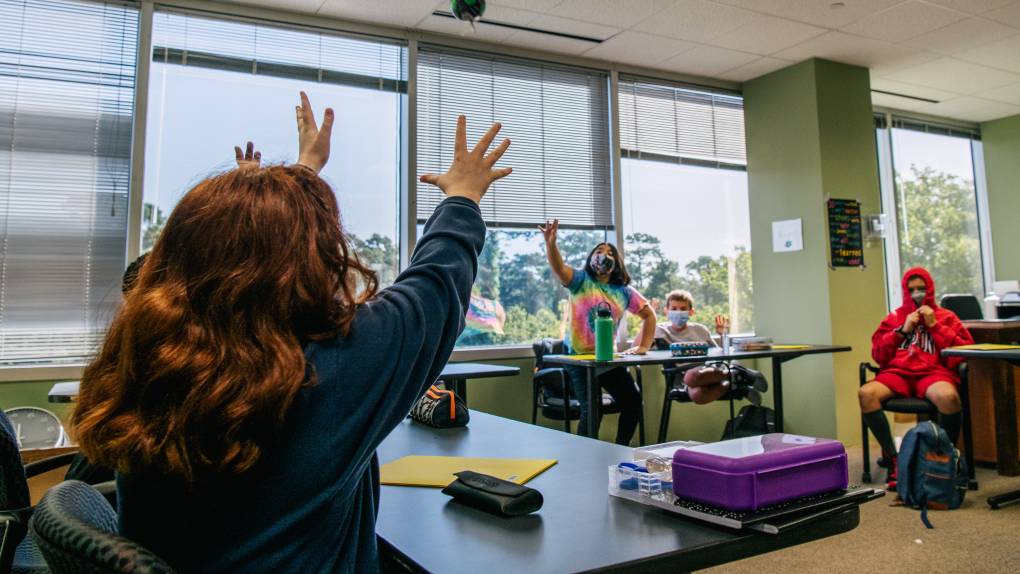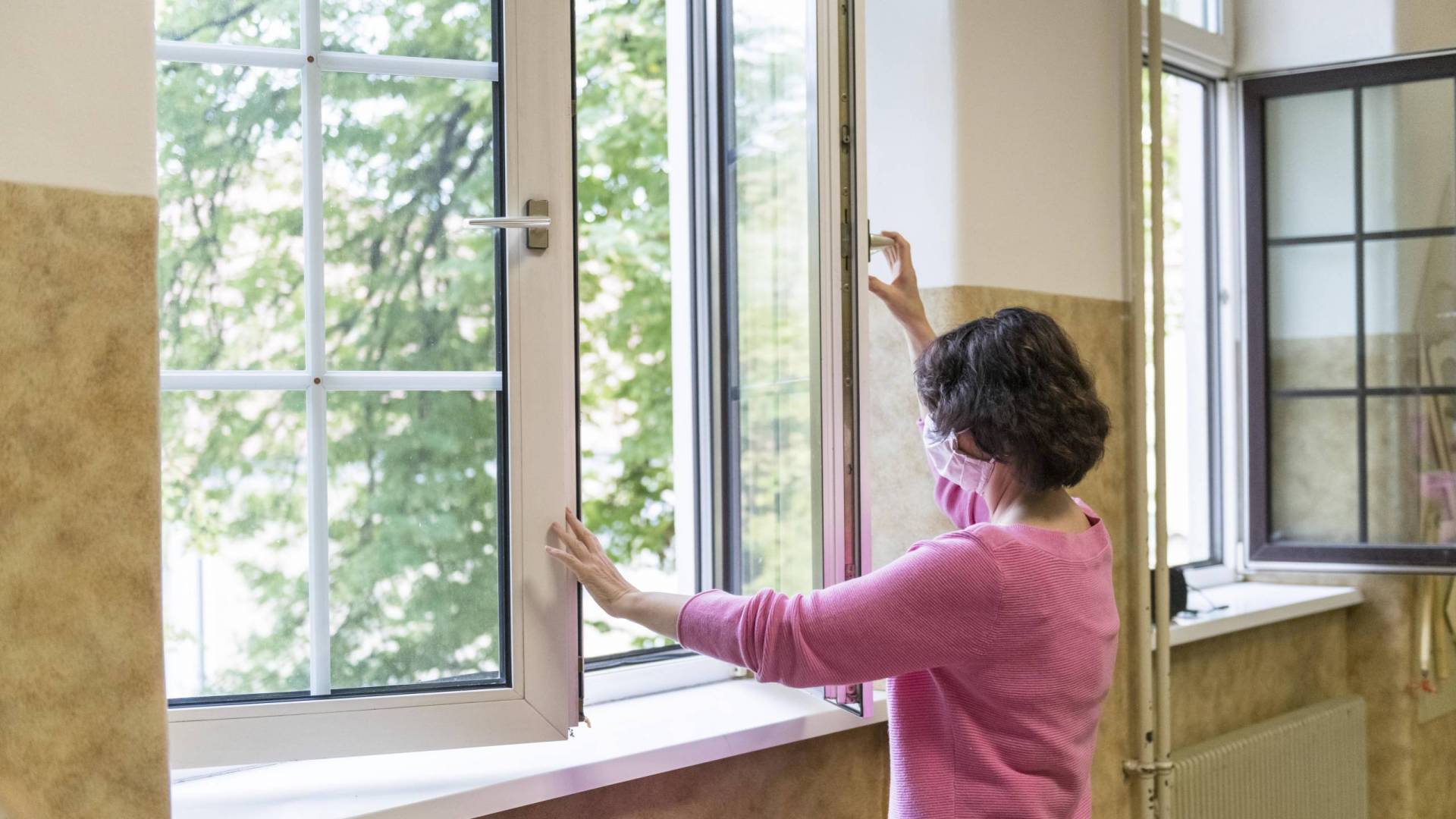
6 Strategies To Make Classrooms Safer As The Delta Variant Spreads – MindShift
Here are some of the strategies experts recommend for safer classrooms:
1. Create a protective cocoon around children – with vaccines: Because children younger than 12 are still not eligible to get a covid vaccine, public health experts say it’s essential that anybody who spends time indoors with kids in this age group get vaccinated. That includes adults and vaccine eligible children age 12 and up. This creates a kind of protective cocoon around unvaccinated kids. Lam-Hine says the California elementary school outbreak underscores why this is so important. The teacher at the center of the outbreak was not vaccinated. If they had been, “that potentially could have prevented some of this,” says Lam-Hine.
Dr. Jason Newland, a pediatric infectious disease physician at Washington University in St. Louis, points to data from Israel showing that the more adults got vaccinated, the fewer kids got the virus. “They actually drove down their rates [of infections] in kids, which I think just goes to show the cocooning thing works,” Newland says.
2. Enforce mask wearing – and wear good masks: When schools enforce universal masking, studies show they can successfully curb the spread of the virus. Unpublished data from summer schools in North Carolina found that good masking helped keep transmission of the delta variant down to below 3%, according to Dr. Ibukun Kalu of Duke University, one of the researchers on that project. Because the delta variant spreads much more easily, experts say it’s more important than ever that kids wear good masks – ones that are comfortable, fit properly (without big gaps around the face) and do a good job of filtration. Here’s a list of some kids masks recommended by aerosols experts at Virginia Tech.

3. Improve indoor ventilation: The coronavirus spreads primarily through the air. Viral particles can accumulate indoors and linger, sometimes for hours — think of it like cigarette smoke, says Jose-Luis Jimenez, a professor at the University of Colorado Boulder and aerosols scientist. When a smoker lights up, at first the smoke just hovers around them. “But after half an hour … the whole room is filled with smoke,” he says.
If you want to clear smoke from a room, you open the windows and doors. The same thing holds true when it comes to dispersing infectious particles – opening windows and doors creates cross ventilation.
Jimenez recommends that every school test how well each room is ventilated by using a portable nondispersive infrared (NDIR) carbon dioxide meter. That’s because CO2 is a useful proxy for infectious aerosols. People are constantly exhaling CO2, and, like aerosols, the gas can get trapped inside a room. So if the CO2 levels are too high, that means not enough air is flowing in and out of the room. You want to keep indoor CO2 levels under 700 parts per million, Jimenez says. If the levels are much higher, turn to other strategies to improve the room’s ventilation, like keeping windows and doors open whenever students are in the classroom.
The cost of a good NDIR CO2 meter starts at roughly $90, Jimenez says. Cheaper CO2 monitors that don’t use NDIR technology are available, but he warns that they don’t really work.
4. Use portable air filters: Portable HEPA filters are effective at removing virus particles from a room, Jimenez says. Make sure the air filter you buy is large enough for the classroom, keep it at the highest setting and, he says, place it in the center of the classroom.
You can also buy several smaller air filters and put them around the classroom, he says. (For more on buying high-quality air filters and improving classroom ventilation and filtration, check out this in-depth post from Colorado Public Radio.)
5. Take things outdoors whenever possible – especially during lunch: Jimenez and many other experts urge schools to have activities outdoors as much as they can — especially during lunch, a vulnerable time when kids are unmasked en masse. If kids must eat indoors, open windows, use portable air filters, reduce eating time and space students out as much as possible. Also, try to keep them from talking.
6. Physical distancing still matters: Experts say that schools should continue to keep three feet of distance between students. But, they note, in many public schools that have reopened at full capacity, that’s just not happening. Which is one more reason why schools should focus their energy on these other strategies, they say.
“I think our foundational protective element here is vaccination,” Kalu says, “and we’re layering other things on top of it in schools.”
9(MDAxOTAwOTE4MDEyMTkxMDAzNjczZDljZA004))
Stay connected with us on social media platform for instant update click here to join our Twitter, & Facebook
We are now on Telegram. Click here to join our channel (@TechiUpdate) and stay updated with the latest Technology headlines.
For all the latest Education News Click Here
For the latest news and updates, follow us on Google News.

